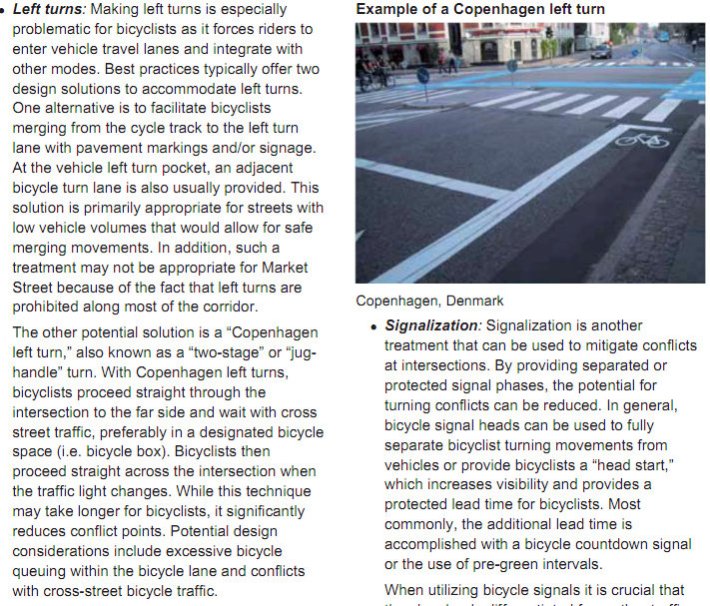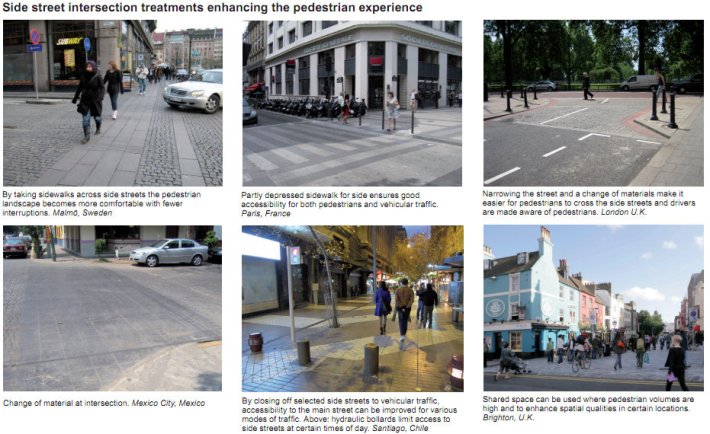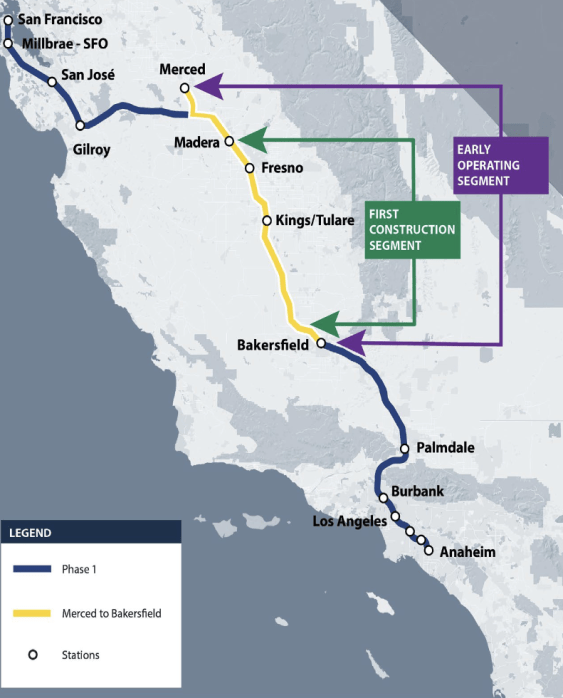Planners Turn to World’s Best Streets for Inspiration on Market
12:01 PM PST on January 20, 2012
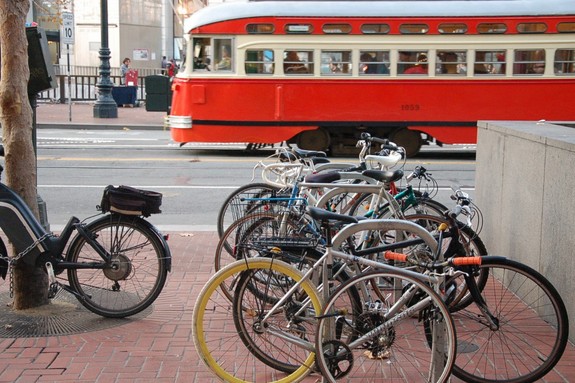
A new set of reports released yesterday by the Better Market Street Project, a coordinated effort between San Francisco city agencies and urban designers, presents ideas for optimizing the mobility, safety and overall experience on lower Market Street when it is rebuilt in 2015.
While the authors didn't explicitly recommend the growingly popular idea of a car-free Market Street, they did point out that "car volumes... are low, but have disproportionately high effects on other modes" and recommended a study of vehicle restrictions "both for traffic along Market Street and for traffic turning onto Market Street...to determine what diversion may occur and what benefits to other modes might be derived." (For a full-throated endorsement of a car-free Market, check out yesterday's editorial in the Huffington Post, where Michael Portanova points out that "most anyone who has ever used a car in San Francisco knows that if you're driving on Market Street, you're doing it wrong.")
Urban design consultants have been teaming up with a raft of public agencies the last couple of years to analyze Market Street and collect public input on the upcoming reconstruction. The reports include some interesting output from that partnership, including a summary of the top priorities voiced at public workshops last May. Creating a more attractive pedestrian environment and more comfortable bicycling infrastructure are toward the top of the list.
"The Better Market Street Project is a once-in-a-lifetime opportunity to transform Market Street and bring this major artery for the Bay Area to its full potential," said Mohammed Nuru, director of the Department of Public Works (DPW), one of the leading agencies on the project.
The reports present a collection of best practices from similar streets throughout the world that can be adapted to improve Market Street. "It's very valuable background information to help us know if we're on the right track with our design concepts," said DPW Project Manager Kris Opbroek.
Drawing on some of those celebrated streets for inspiration, the reports make a wide-ranging series of recommendations to improve safety and mobility on Market. To speed Muni vehicles, the recommendations include extending and enforcing bus-only lanes, optimizing stop locations, longer boarding islands, off-vehicle ticket machines, bus-priority traffic signals, and seeking alternative locations for deliveries. The reports also suggest that continuous protected bikeways could reduce conflicts with pedestrians and buses, and recommend multi-modal solutions like locating bike share stations at transit hubs.
“We are looking forward to this much-needed renewed commitment and sense of urgency from the city to design and construct a next generation Market Street," said San Francisco Bicycle Coalition Executive Director Leah Shahum. "We hear every day from the huge and growing number of people biking on the street about how important a better Market Street is for getting them to work, school and around town."
Here are a few of the more intriguing ideas and possibilities:
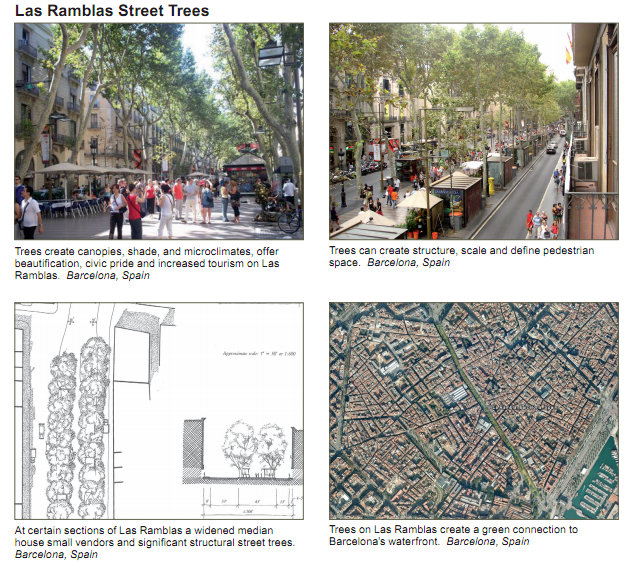
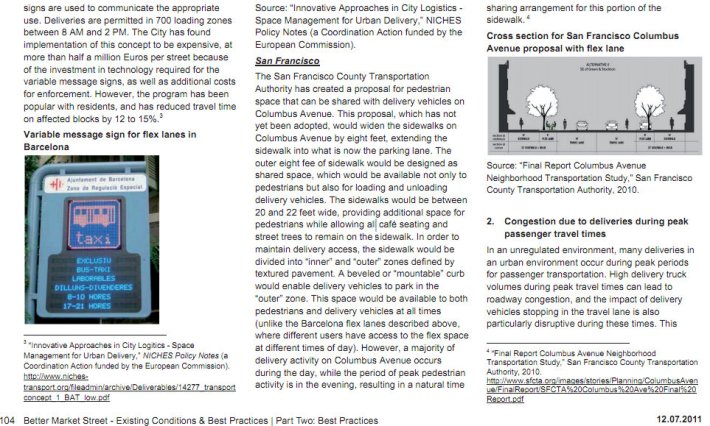
In the meantime, the SFMTA is testing two pilot projects to reduce the impact of cars on Market, said spokesperson Paul Rose, including the removal of peak-hour parking bans near Market on Sixth Street, which had led to speeding, and the installation of a right-turn traffic signal at Market and New Montgomery to reduce back-ups.
This year, Better Market Street planners will consider the practices showcased in the reports as they develop conceptual drawings and begin the environmental review process -- a promising sign that Market Street's next redesign could be the most thorough plan developed yet.
Since the construction of BART, "there's been no holistic re-envisioning of Market Street such as this," said Opbroek.
The public will be invited to review the first concept drawings at a meeting to be scheduled in the spring. The full reports can be viewed on the Better Market Street website.
Read More:
Stay in touch
Sign up for our free newsletter
